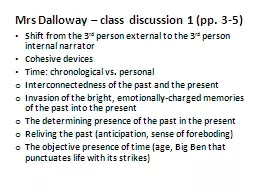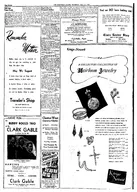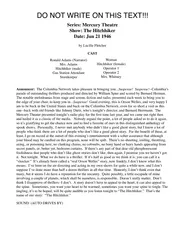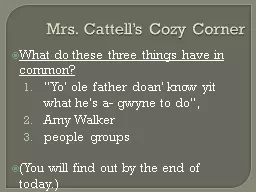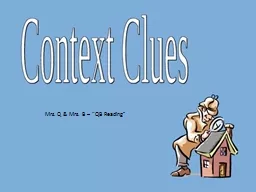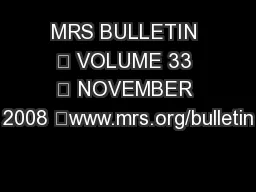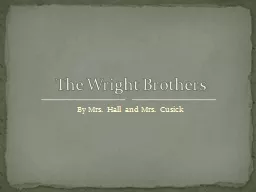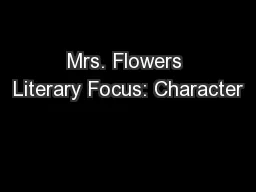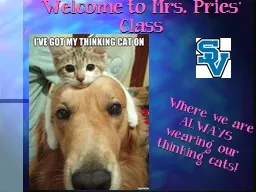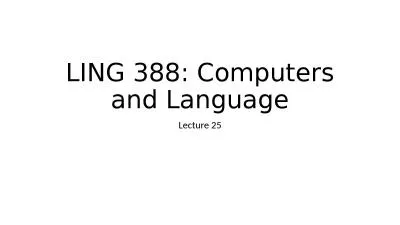PPT-Mrs Dalloway – class discussion 1 (pp. 3-5)
Author : trish-goza | Published Date : 2015-12-01
Shift from the 3 rd person external to the 3 rd person internal narrator Cohesive devices Time chronological vs personal Interconnectedness of the past and the
Presentation Embed Code
Download Presentation
Download Presentation The PPT/PDF document "Mrs Dalloway – class discussion 1 (pp..." is the property of its rightful owner. Permission is granted to download and print the materials on this website for personal, non-commercial use only, and to display it on your personal computer provided you do not modify the materials and that you retain all copyright notices contained in the materials. By downloading content from our website, you accept the terms of this agreement.
Mrs Dalloway – class discussion 1 (pp. 3-5): Transcript
Download Rules Of Document
"Mrs Dalloway – class discussion 1 (pp. 3-5)"The content belongs to its owner. You may download and print it for personal use, without modification, and keep all copyright notices. By downloading, you agree to these terms.
Related Documents

